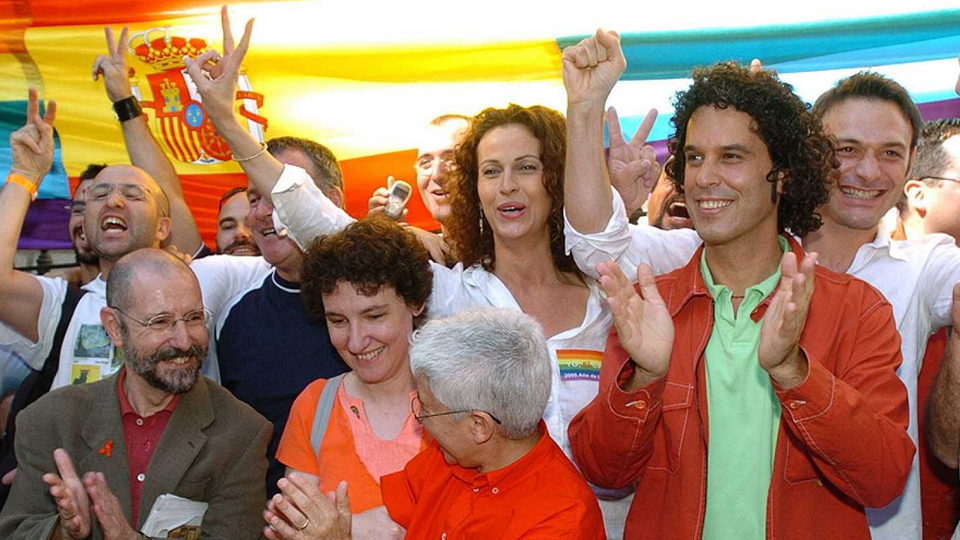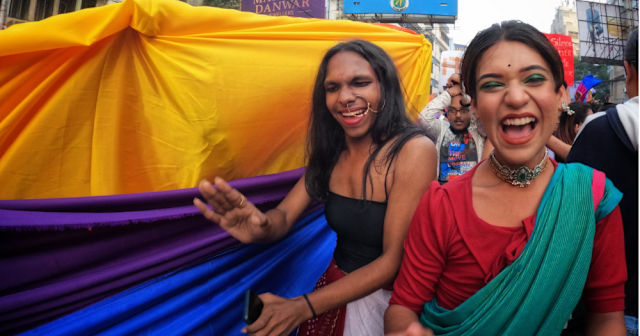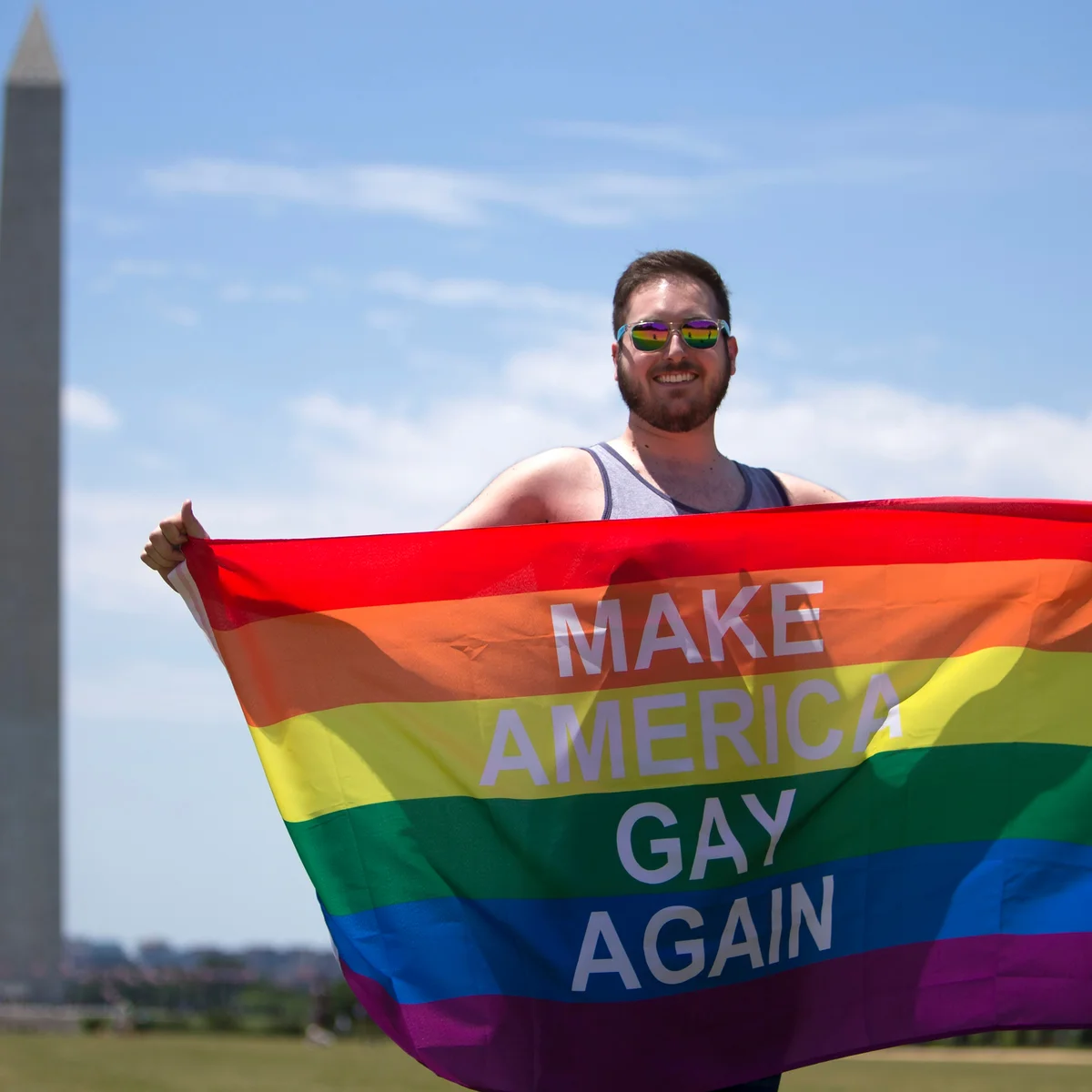The landscape of research concerning Lesbian, Gay, Bisexual, and Transgender (LGBT) adolescents has historically been dominated by a focus on challenges, disparities, and deficits. However, a groundbreaking study from the United Kingdom, published in the *Journal of Adolescent Health* on June 28, 2025, shifts this narrative by spotlighting the remarkable strengths and resilience of LGBT youth. Conducted by researchers from City St George’s, University of London, and The Open University, this population-based study leverages data from the UK’s Millennium Cohort Study to explore the positive attributes of LGBT adolescents through the lens of the 5Cs model of positive youth development: competence, confidence, connection, character, and caring. This comprehensive analysis not only reframes the conversation around LGBT youth but also underscores their unique contributions to society, particularly in the context of ongoing Pride Month celebrations across the UK.
Historical Context: Shifting Perspectives on LGBT Youth
The study of LGBT adolescents has evolved significantly over the past few decades, reflecting broader societal changes in attitudes toward sexual orientation and gender identity. In the early 20th century, discussions about non-heterosexual identities were largely confined to medicalized frameworks, often pathologizing individuals who deviated from heteronormative norms. Homosexuality, for instance, was classified as a mental disorder in the *Diagnostic and Statistical Manual of Mental Disorders* (DSM) until 1973, when it was declassified by the American Psychiatric Association. Transgender identities faced similar stigmatization, with gender dysphoria remaining a contested diagnostic category even today. These historical frameworks shaped early research, which often focused on the risks and negative outcomes faced by LGBT youth, such as bullying, mental health struggles, and social exclusion.
The 21st century, however, has witnessed a gradual shift toward more inclusive and affirmative perspectives. The rise of the gay rights movement, catalyzed by events like the Stonewall Riots of 1969 and the global spread of Pride celebrations, has fostered greater visibility and acceptance of LGBT individuals. In the UK, legislative milestones—such as the legalization of same-sex marriage in 2013 and the Gender Recognition Act of 2004—have created a more supportive environment for LGBT youth. Yet, despite these advancements, much of the academic research has continued to emphasize deficits, often overlooking the resilience and strengths that LGBT adolescents develop in navigating societal challenges.
This new study represents a pivotal moment in this evolving narrative. By applying the 5Cs model, which has been widely used to assess positive youth development across diverse populations, the researchers offer a strengths-based perspective that celebrates the unique qualities of LGBT adolescents. This approach aligns with broader trends in positive psychology, which emphasize individual and community assets rather than solely focusing on problems.
The Study: Methodology and Framework
Data Source: The Millennium Cohort Study
The research draws on data from the UK’s Millennium Cohort Study (MCS), a longitudinal project tracking the lives of approximately 19,000 individuals born between 2000 and 2002. The MCS is a nationally representative study that collects detailed information on participants’ social, economic, and health outcomes, making it a robust resource for population-based research. For this particular study, the researchers analyzed responses from over 7,000 participants aged 17 years old, collected during the seventh wave of the MCS in 2018–2019.
The sample was diverse in terms of gender and sexual orientation, comprising:
- 41% cisgender heterosexual males
- 33% cisgender heterosexual females
- 17% cisgender sexual minority females (e.g., lesbian, bisexual, or queer)
- 8% cisgender sexual minority males
- 1% gender-minoritized adolescents (e.g., transgender or non-binary individuals)
This diversity allowed the researchers to compare experiences across different groups, providing a nuanced understanding of how sexual orientation and gender identity intersect with positive developmental outcomes.
The 5Cs Model of Positive Youth Development
The study employs the 5Cs model, a widely recognized framework in developmental psychology that evaluates youth development across five key domains:
- Competence: Academic, social, and vocational skills.
- Confidence: Self-esteem and a positive sense of self-worth.
- Connection: Positive relationships with peers, family, and communities.
- Character: Moral integrity, empathy, and a sense of responsibility.
- Caring: Compassion and concern for others.
By applying this model, the researchers sought to identify areas where LGBT adolescents demonstrate strengths compared to their cisgender heterosexual peers. This approach contrasts with traditional deficit-based models, which often highlight disparities in mental health, substance use, or victimization without acknowledging the adaptive strategies and resilience of LGBT youth.
Key Findings: Strengths of LGBT Adolescents
The study’s findings challenge stereotypes and reveal a range of strengths among LGBT adolescents, particularly in the domains of connection, caring, competence, and community engagement. These results are especially significant during Pride Month, a time when communities across the UK celebrate diversity and advocate for equality.
Social Connections and Caring Attributes
One of the most striking findings is the strength of social connections among LGBT adolescents. Despite facing higher rates of social stigma and exclusion, sexual and gender-minoritized youth reported robust networks of support, often cultivated within chosen families or communities. These connections are particularly vital for LGBT youth, who may experience rejection from biological families or traditional peer groups. The study found that sexual minority females and gender-minoritized adolescents were more likely to report strong bonds with peers and mentors who share similar identities, fostering a sense of belonging and mutual support.
The caring attribute, which reflects compassion and empathy, was also notably high among LGBT youth. This may stem from their lived experiences of navigating marginalization, which can cultivate a heightened sensitivity to the needs of others. For example, gender-minoritized adolescents described themselves as particularly community-minded, often engaging in advocacy or volunteer work to support causes related to social justice and equality.
“LGBT adolescents often develop a unique capacity for empathy because they understand what it’s like to feel marginalized. This translates into stronger community ties and a commitment to helping others.” — Dr. Mat Lucassen, City St George’s, University of London
Academic and Creative Competence
The study also highlighted academic and creative strengths among LGBT youth. Sexual minority adolescents, particularly females, were more likely than their cisgender heterosexual male peers to report high levels of academic competence. This finding challenges the assumption that LGBT youth are inherently at a disadvantage in educational settings. Instead, it suggests that many LGBT adolescents develop resilience and determination, which translate into academic success despite external challenges like discrimination or lack of inclusive curricula.
Gender-minoritized adolescents, in particular, stood out for their creativity. Many described themselves as innovative thinkers, often expressing their identities through art, writing, or other creative outlets. This creativity may serve as a coping mechanism, allowing them to process complex emotions and assert their individuality in environments that may not always be affirming.
Character and Confidence
While the study found fewer differences in the domains of character and confidence, there were still notable trends. Sexual minority males, for instance, reported high levels of moral integrity and a sense of responsibility, possibly reflecting their efforts to navigate societal expectations while remaining true to their identities. Gender-minoritized youth also demonstrated confidence in their self-expression, often embracing non-conformity as a source of personal strength.
These findings underscore the resilience of LGBT adolescents, who often develop adaptive strategies to thrive in challenging environments. By focusing on these strengths, the study challenges the pervasive narrative that LGBT youth are defined solely by their struggles.
Cultural and Social Significance
Pride Month and the Broader Context
The timing of the study’s publication, coinciding with Pride Month celebrations in June 2025, amplifies its relevance. Pride Month, which originated as a commemoration of the Stonewall Riots, has grown into a global movement celebrating LGBT identities and advocating for equality. In the UK, cities like London, Manchester, and Brighton host vibrant Pride festivals, drawing thousands of participants to celebrate diversity and resilience. The study’s findings resonate with the spirit of Pride, highlighting the strengths that LGBT youth bring to their communities and reinforcing the importance of creating inclusive environments where these strengths can flourish.
The emphasis on strengths also aligns with the evolving goals of the Pride movement. While early Pride events focused on visibility and resistance against oppression, contemporary celebrations increasingly emphasize empowerment, self-acceptance, and community building. By showcasing the positive attributes of LGBT adolescents, this study contributes to a narrative of empowerment that is central to modern Pride activism.
Implications for Policy and Practice
The findings have significant implications for educators, policymakers, and mental health professionals. Schools, for instance, can leverage the academic and creative strengths of LGBT youth by fostering inclusive environments and integrating diverse perspectives into curricula. Programs like the UK’s *Relationships and Sex Education* (RSE) curriculum, mandated in 2020, can incorporate strengths-based approaches to support LGBT students’ development.
Mental health interventions can also benefit from this perspective. Traditional therapeutic approaches often focus on addressing trauma or mental health disparities among LGBT youth. While these issues are critical, the study suggests that interventions should also build on existing strengths, such as social connections and empathy, to promote resilience and well-being.
Challenges and the Need for Balance
While the study emphasizes strengths, it does not dismiss the challenges faced by LGBT adolescents. Dr. Mat Lucassen, the study “‘s lead author, cautions against an overly deficit-focused approach but acknowledges the importance of addressing negative experiences. LGBT youth continue to face higher rates of bullying, family rejection, and mental health issues compared to their cisgender heterosexual peers. For example, a 2023 report by the UK charity Stonewall found that 64% of LGBT youth experienced bullying in schools, and 1 in 5 transgender youth attempted suicide in the past year.
Lucassen argues that a balanced approach is essential:
“Emphasising the challenges minoritised groups, like LGBT young people, face is important. Doing this can result in motivating a society to change negative environments and by extension improve outcomes. But the problem is that constantly emphasising their perceived deficits means that LGBT young people can internalise a range of negative or toxic messages (like I am somehow wrong or inferior) - which in turn exacerbates the psycho-social struggles they encounter.”
By highlighting strengths, the study seeks to counteract these negative messages and foster a more positive self-image among LGBT youth. This approach aligns with the principles of positive psychology, which advocate for building on individuals’ assets to enhance well-being.
Future Directions: Expanding Strengths-Based Research
The study opens the door for future research to explore the strengths of LGBT adolescents in greater depth. For instance, longitudinal studies could examine how these strengths evolve over time and how they contribute to long-term outcomes, such as career success or mental health resilience. Additionally, research could explore the role of cultural and regional differences, as the experiences of LGBT youth in urban areas like London may differ from those in rural or less progressive regions.
Intersectionality is another critical area for future exploration. The current study provides a broad overview but does not delve deeply into how race, ethnicity, socioeconomic status, or disability intersect with sexual orientation and gender identity. Understanding these intersections could provide a more nuanced picture of the strengths and challenges faced by diverse LGBT youth.
Finally, the study’s strengths-based approach could inspire similar research in other marginalized populations, such as ethnic minorities or youth with disabilities. By focusing on assets rather than deficits, researchers can contribute to a more inclusive and empowering narrative that benefits individuals and society as a whole.
Conclusion: A New Narrative for LGBT Youth
The publication of this study marks a significant step forward in reframing the conversation around LGBT adolescents. By highlighting their competence, connection, caring, and creativity, the research challenges stereotypes and celebrates the resilience of a population that has long been defined by its challenges. As Pride Month 2025 unfolds, these findings serve as a reminder of the importance of fostering environments where LGBT youth can thrive, not just survive.
The study’s emphasis on strengths does not negate the need to address ongoing disparities, but it offers a hopeful and empowering perspective. By recognizing the unique contributions of LGBT adolescents, society can move closer to a future where all young people are valued for their individuality and potential. This research is a call to action for educators, policymakers, and communities to build on the strengths of LGBT youth, ensuring they have the support and opportunities to flourish.



















0 Comments